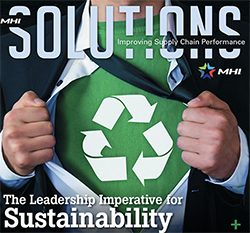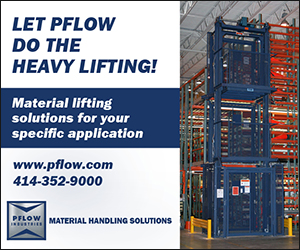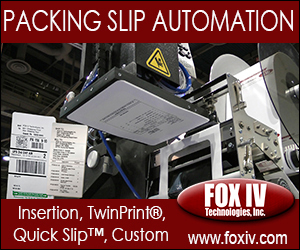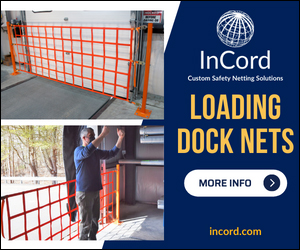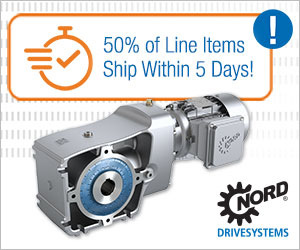 |
||||||||||||||||||||||||||||
| Archive | Subscribe | Send to a Friend | www.mhi.org | Solutions Magazine | ||||||||||||||||||||||||||||
|
Top Story
Technology and Innovation
With the current state of the labor market—and the ever-increasing need for efficiency in operations—questions about making warehouse automation successful abound. Choosing, implementing and scaling the right solution depends on your business and your situation.
As warehouses and distribution centers increasingly turn to automation such as Automatic Guided Vehicles (AGVs) and Autonomous Mobile Robots (AMRs) the industry has seen robust growth. It is essential that growth is accompanied by an emphasis on safety.
These platforms, called RTLS for short, are indoor location systems that operate on a wireless mesh network. Some obvious use cases for this technology involve tracking the location of high-value objects in massive indoor spaces. However, RTLS is particularly applicable for protecting an organization’s most valuable asset: its people.
New asset management solutions that use Real-Time Location Systems are changing the way modern factories work. With precise tracking capabilities, these solutions eliminate the need for manual labor and physical inspections, ultimately reducing costs. They also aid in preventing theft within facilities.
MHI Updates
Talk of robotics in logistics is everywhere, and for good reason—they can deliver significant value. Robotics can take on significant workload, especially those tasks that human workers dislike. In a severe labor shortage, this in and of itself can deliver a benefit. But robots also increase efficiency, reduce error rates, and save workers from wear and tear on their bodies.
Transportation
Education & Professional Development
As warehouses and distribution centers continue to invest in emerging technologies, it’s imperative to also invest in the proper training for employees. To help with this mission, the Warehousing Education & Research Council (WERC) has created a Distribution Logistics Equipment course to train participants on the different types of facilities, functions and roles within warehouses and distribution centers.
Sustainability
Manufacturing
Sometimes labels stick — even when they no longer accurately portray their subject. Such is the case of “rust belt.” In a recent MHIcast episode, Gaurav Batra said that after years of working with the industrial manufacturing sector, he has learned that it doesn’t get its proper due and it may be time to retire the “rust belt” label. Batra is co-author of the book, “The Titanium Economy: How Industrial Technology Can Create a Better, Faster, Stronger America.”
Supply Chain Trends
With increasing pressure to meet changing consumer demands, the future of warehouse management systems is being shaped by emerging trends and technologies such as artificial intelligence, machine learning, the Internet of Things, and robotics.
As autonomous mobile robots (AMRs) become more prevalent in industrial automation, having the right tools available to ensure that these bots can safely and efficiently navigate through a warehouse is of paramount importance. Behind the scenes, however, there are many sensor technologies that support this process, many of which can be described as motion tracking.
|
||||||||||||||||||||||||||||

